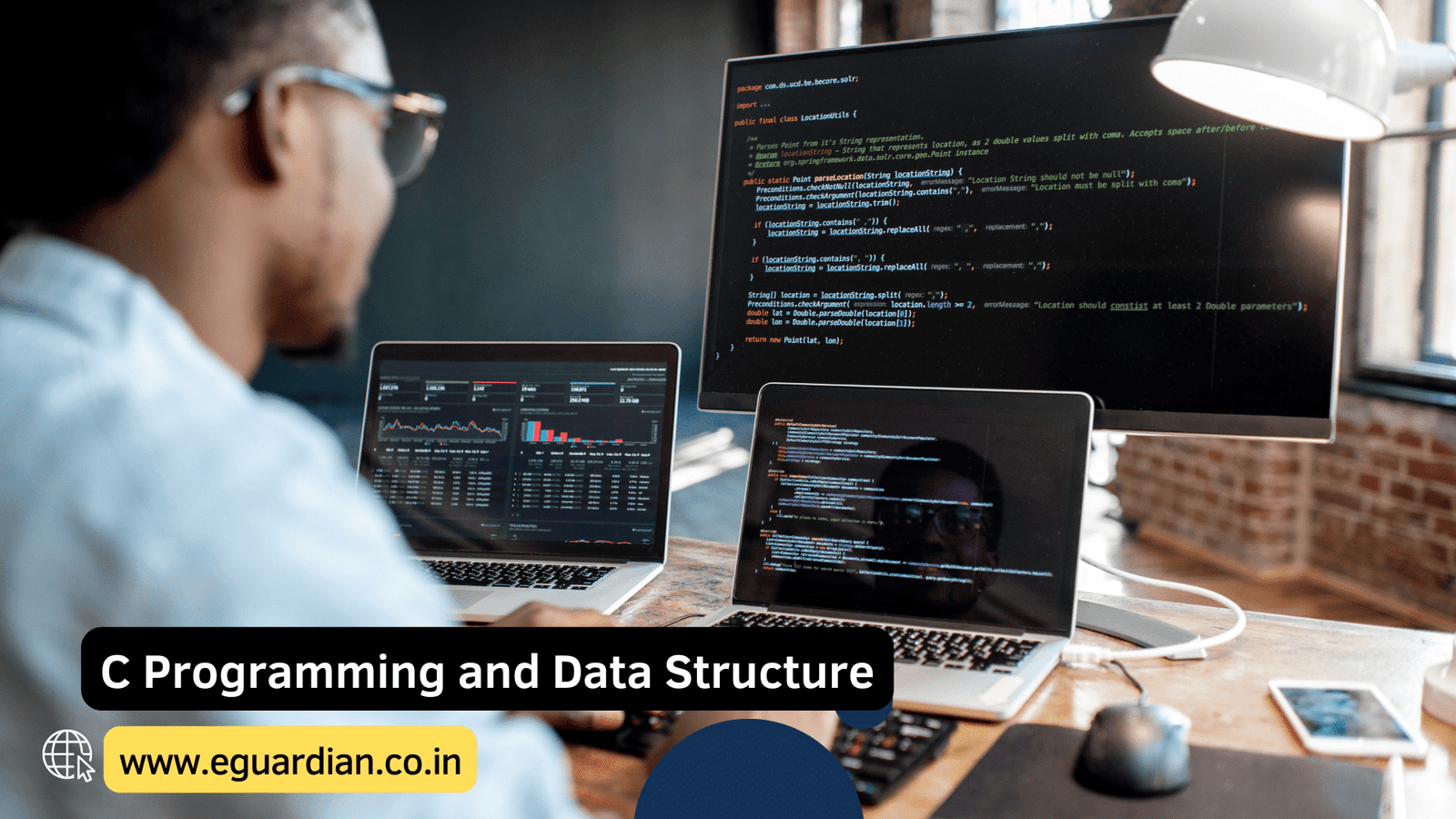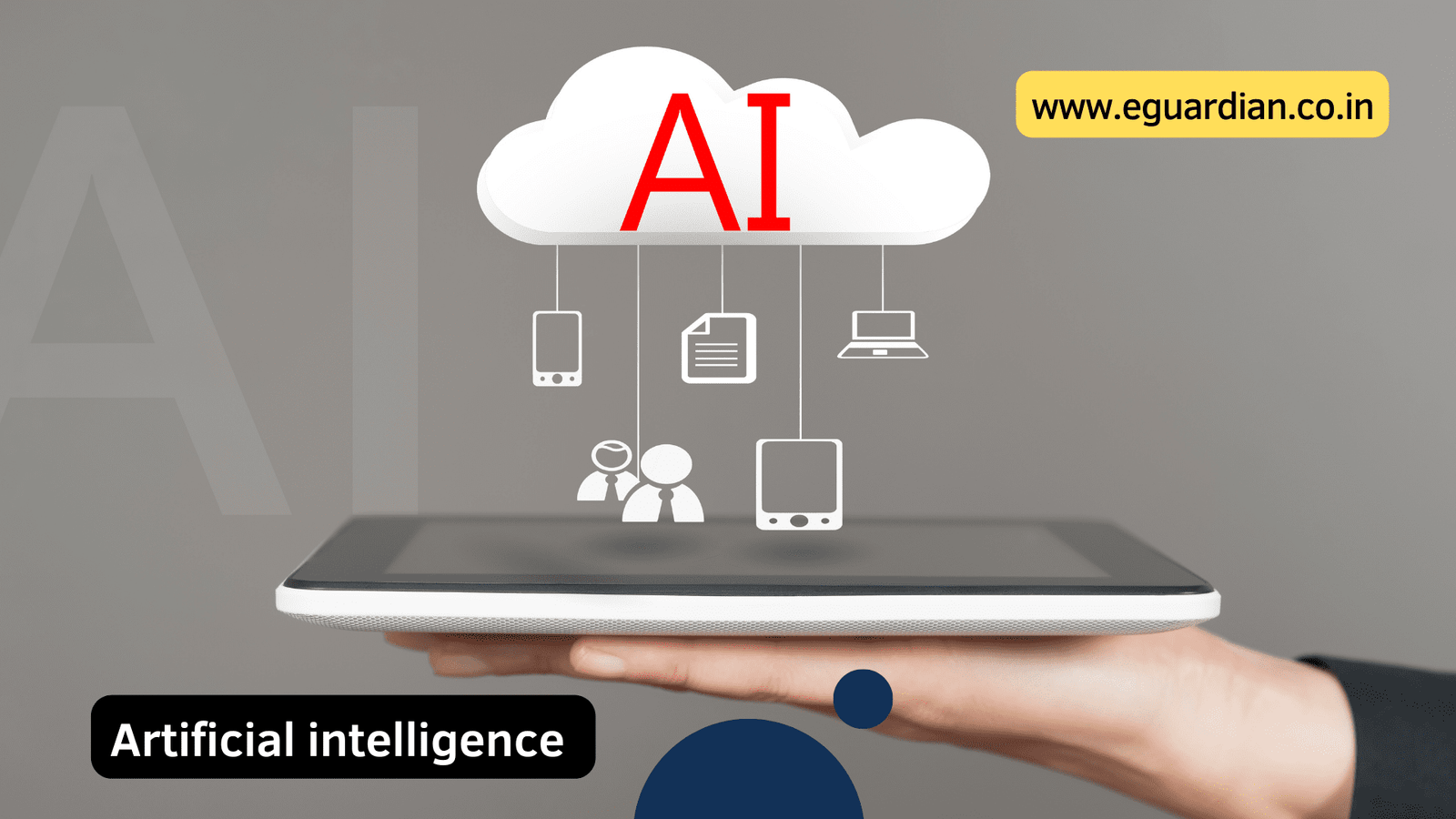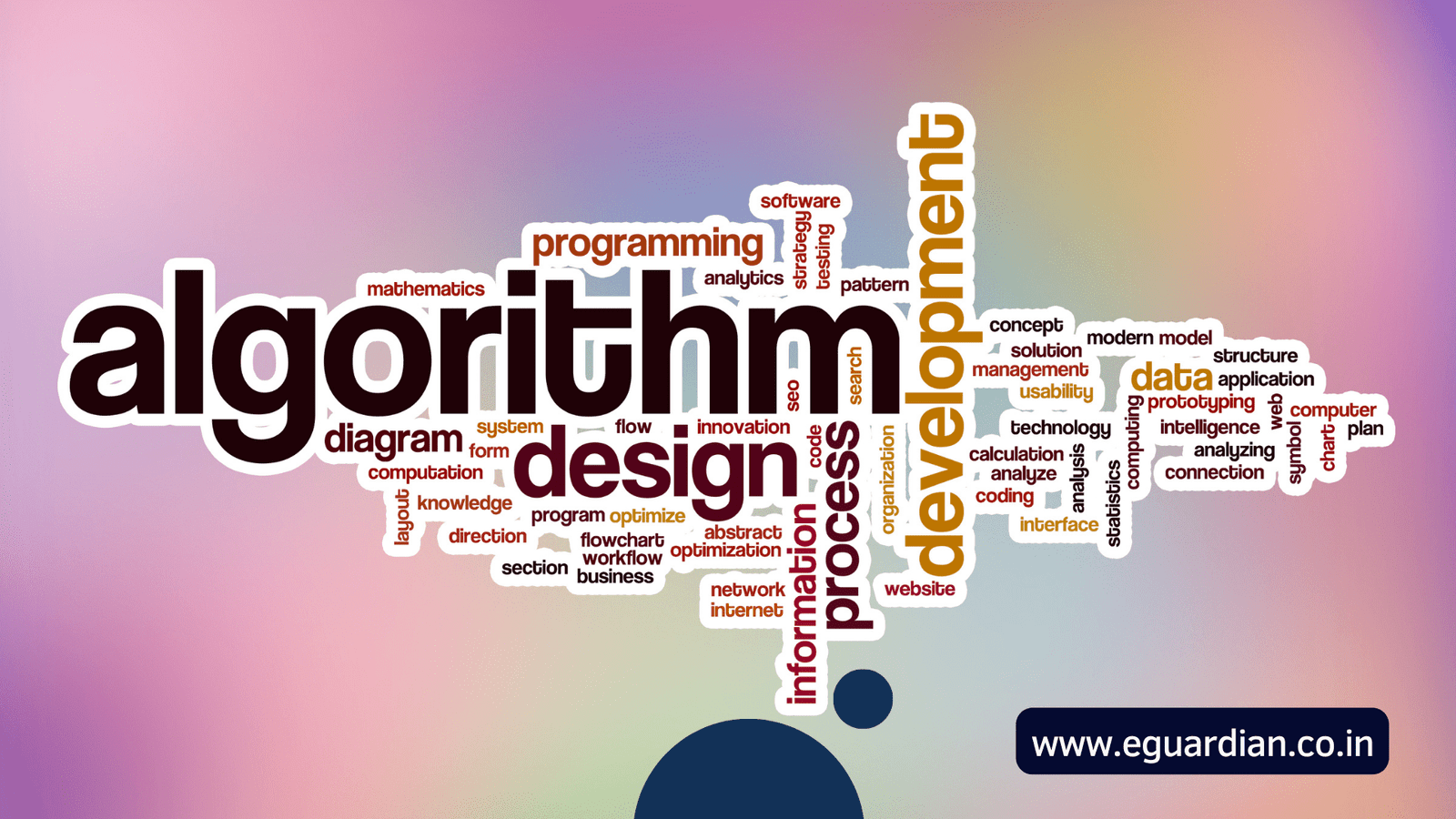Basic Computer MCQs Online Test Quiz with answers | MCQ on Computer Basics for the preparation of competitive and academic examinations.

Basic Computer MCQs with answers
Here are some basic computer multiple-choice questions (MCQs) with answers for an online test quiz:
1. All of the following are examples of real security and privacy risks EXCEPT:
A. hackers
B. spam
C. viruses
D. identity theft
Answer: B
2. A process known as ___ is used by large retailers to study trends.
A. data mining
B. data selection
C. POS
D. data conversion
Answer: A
3. ___ terminals (formerly known as cash registers) are often connected to complex inventory and sales computer systems.
A. Data
B. Point-of-sale (POS)
C. Sales
D. Query
Answer: B
4. A hybrid computer
a. Resembles digital computer
b. Resembles analog computer
c. Resembles both a digital and analog computer
d. None of the above
Answer: C
5. The networking becomes ___ through networking.
a. very difficult
b. dull
c. easy
d. has no role in marketing
Ans: (C)
6. Which of the following is NOT one of the four major data processing functions of a computer?
A. gathering data
B. processing data into information
C. analyzing the data or information
D. storing the data or information
Answer: C
7. ___ tags, when placed on an animal, can be used to record and track in a database all of the animals movements.
A. POS
B. RFID
C. PPS
D. GPS
Answer: B
8. Surgeons can perform delicate operations by manipulating devices through computers instead of manually. This technology is known as:
A. robotics
B. computer forensics
C. simulation
D. forecasting
Answer: A
9. Technology no longer protected by copyright, available to everyone, is considered to be:
A. proprietary
B. open
C. experimental
D. in the public domain
Answer: A
10. ___ is the study of molecules and structures whose size ranges from 1 to 100 nanometers.
A. Nano science
B. Microelectrodes
C. Computer forensics
D. Artificial intelligence
Answer: A
11. ___ is the science that attempts to produce machines that display the same type of intelligence that humans do.
A. Nanoscience
B. Nanotechnology
C. Simulation
D. Artificial intelligence (AI)
Answer: D
12. ___ is data that has been organized or presented in a meaningful fashion.
A. A process
B. Software
C. Storage
D. Information
Answer: D
13. The name for the way that computers manipulate data into information is called:
A. programming.
B. processing.
C. storing.
D. organizing.
Answer: B
14. Computers gather data, which means that they allow users to ___ data.
A. present
B. input
C. output
D. store
Answer: B
15. After a picture has been taken with a digital camera and processed appropriately, the actual print of the picture is considered:
A. data.
B. output.
C. input.
D. the process.
Answer: B
16. Computers use the ___ language to process data.
A. processing
B. kilobyte
C. binary
D. representational
Answer: C
17. Computers process data into information by working exclusively with:
A. multimedia
B. words
C. characters
D. numbers
Answer: D
18. In the binary language each letter of the alphabet, each number and each special character is made up of a unique combination of:
A. eight bytes
B. eight kilobytes
C. eight characters
D. eight bits
Answer: D
19. The term bit is short for:
A. megabyte
B. binary language
C. binary digit
D. binary number
Answer: C
20. A string of eight 0s and 1s is called a:
A. megabyte
B. byte
C. kilobyte
D. gigabyte
Answer: B
21. A ___ is approximately one billion bytes.
A. kilobyte
B. bit
C. gigabyte
D. megabyte
Answer: C
22. A ___ is approximately a million bytes.
A. gigabyte
B. kilobyte
C. megabyte
D. terabyte
Answer: C
23. ___ is any part of the computer that you can physically touch.
A. Hardware
B. A device
C. A peripheral
D. An application
Answer: A
24. The components that process data are located in the:
A. input devices
B. output devices
C. system unit
D. storage component
Answer: C
25. All of the following are examples of input devices EXCEPT a:
A. scanner
B. mouse
C. keyboard
D. printer
Answer: D
26. Which of the following is an example of an input device?
A. scanner
B. speaker
C. CD
D. printer
Answer: A
27. All of the following are examples of storage devices EXCEPT:
A. hard disk drives
B. printers
C. floppy disk drives
D. CD drives
Answer: B
28. The ____, also called the brains of the computer, is responsible for processing data.
A. motherboard
B. memory
C. RAM
D. central processing unit (CPU)
Answer: D
29. The CPU and memory are located on the:
A. expansion board
B. motherboard
C. storage device
D. output device
Answer: B
30. Word processing, spreadsheet, and photo-editing are examples of:
A. application software
B. system software
C. operating system software
D. platform software
Answer: A
31. ___ is a set of computer programs used on a computer to help perform tasks.
A. An instruction
B. Software
C. Memory
D. A processor
Answer: B
32. System software is the set of programs that enables your computer s hardware devices and ___ software to work together.
A. management
B. processing
C. utility
D. application
Answer: D
33. The PC (personal computer) and the Apple Macintosh are examples of two different:
A. platforms
B. applications
C. programs
D. storage devices
Answer: A
34. Apple Macintoshes (Macs) and PCs use different ___ to process data and different operating systems.
A. languages
B. methods
C. CPUs
D. storage devices
Answer: C
35. Servers are computers that provide resources to other computers connected to a:
A. network
B. mainframe
C. supercomputer
D. client
Answer: A
36. Smaller and less expensive PC-based servers are replacing ___ in many businesses.
A. supercomputers
B. clients
C. laptops
D. mainframes
Answer: D
37. ___ are specially designed computers that perform complex calculations extremely rapidly.
A. Servers
B. Supercomputers
C. Laptops
D. Mainframes
Answer: B
38. DSL is an example of a(n) ___ connection.
A. network
B. wireless
C. slow
D. broadband
Answer: D
39. The difference between people with access to computers and the Internet and those without this access is known as the:
A. digital divide
B. Internet divide
C. Web divide
D. broadband divide
Answer: A
40. ___ is the science revolving around the use of nanostructures to build devices on an extremely small scale.
A. Nanotechnology
B. Micro-technology
C. Computer forensics
D. Artificial intelligence
Answer: A
41. A byte consists of
a. One bit
b. Four bits
c. Eight bits
d. Sixteen bits
Ans: C
42. ___ bits equal one byte.
A. Eight
B. Two
C. One thousand
D. One million
Answer: A
43. The binary language consists of ___ digit(s).
A. 8
B. 2
C. 1,000
D. 1
Answer: B
44. A byte can hold one ___ of data.
A. bit
B. binary digit
C. character
D. kilobyte
Answer: C
45. ___ controls the way in which the computer system functions and provides a means by which users can interact with the computer.
A. The platform
B. The operating system
C. Application software
D. The motherboard
Answer: B
46. The operating system is the most common type of ___ software.
A. communication
B. application
C. system
D. word-processing software
Answer: C
47. ___ are specially designed computer chips that reside inside other devices, such as your car or your electronic thermostat.
A. Servers
B. Embedded computers
C. Robotic computers
D. Mainframes
Answer: B
48. The steps and tasks needed to process data, such as responses to questions or clicking an icon, are called:
A. instructions
B. the operating system
C. application software
D. the system unit
Answer: A
49. The two broad categories of software are:
A. word processing and spreadsheet
B. transaction and application
C. Windows and Mac OS
D. system and application
Answer: D
50. The metal or plastic case that holds all the physical parts of the computer is the:
A. system unit
B. CPU
C. mainframe
D. platform
Answer: A
Basic Information Technology Quiz
Thanks for visiting our blog, if you like the post on Computer Fundamental MCQ Online Test Quiz | MCQ on Computer Basics please do not forget to share on social media.



